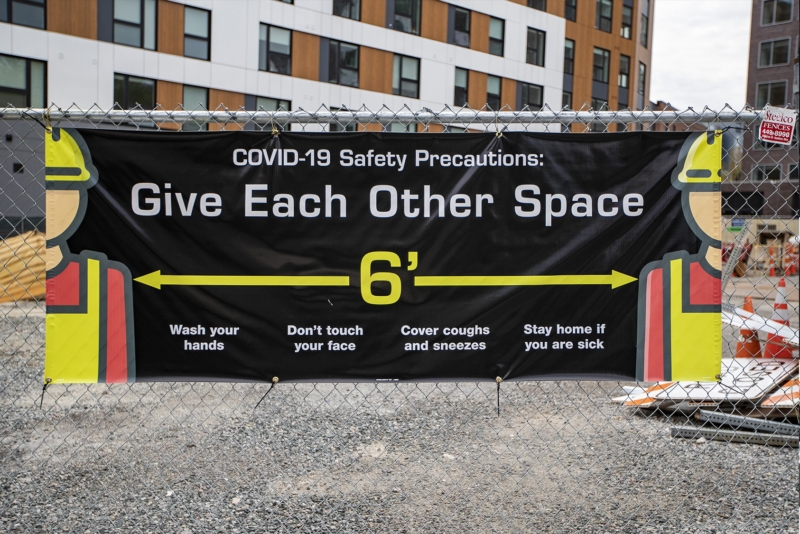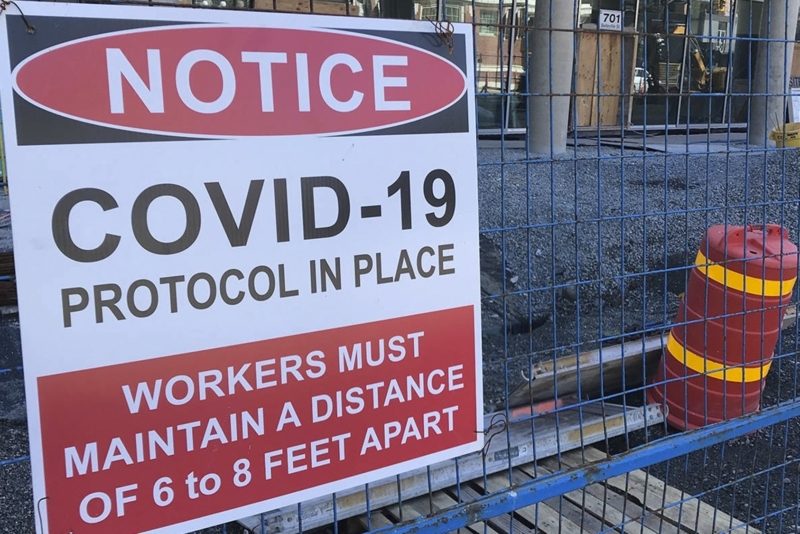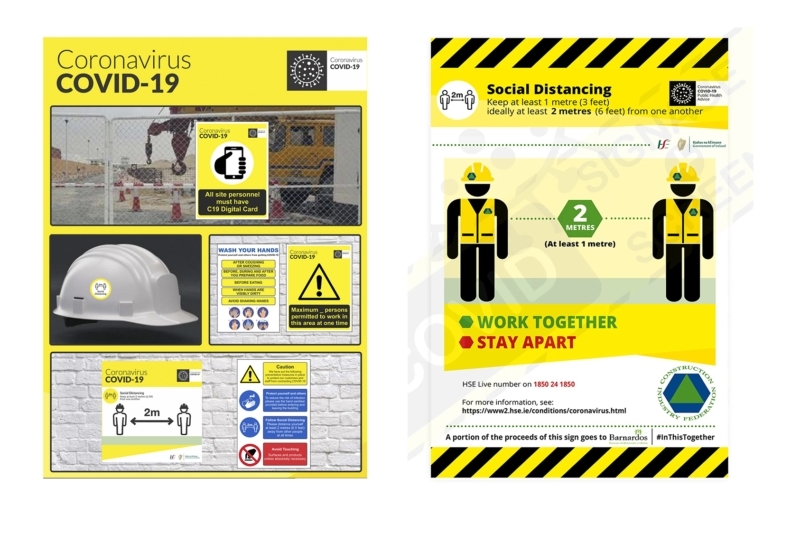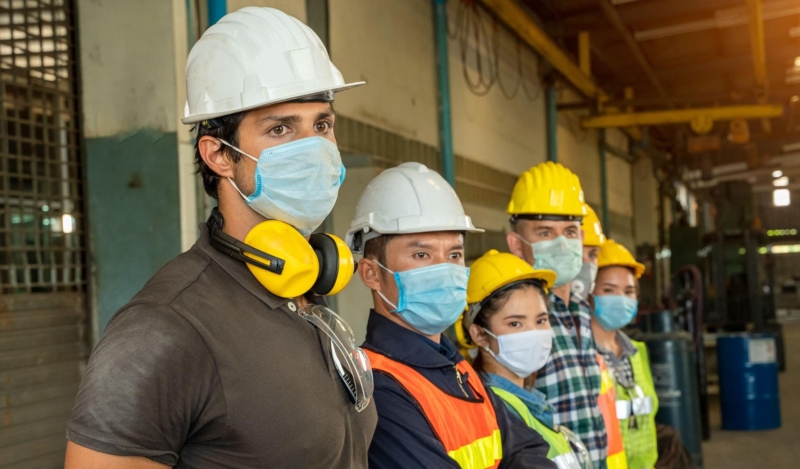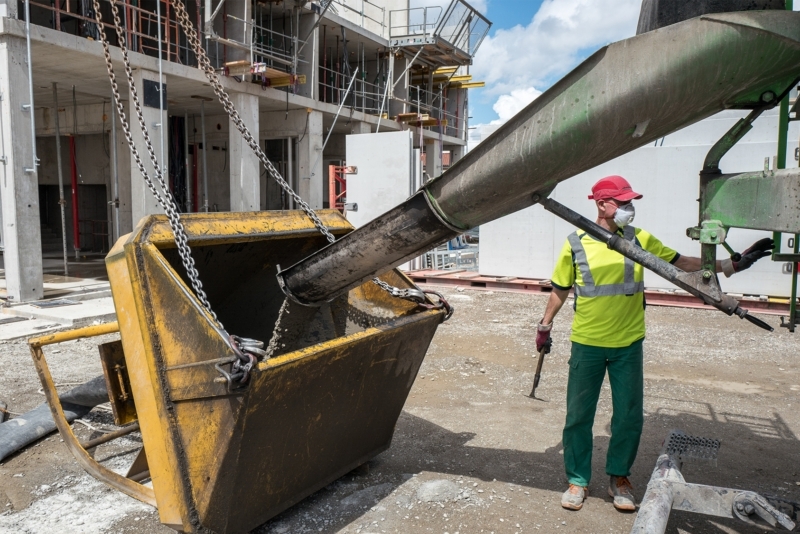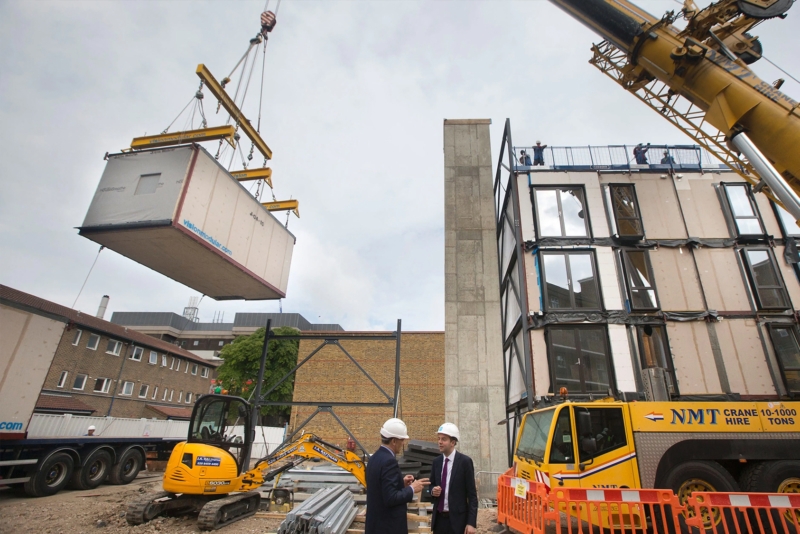The Construction Industry after Coronavirus
With social distancing and self-isolation measures still being enforced across the world to combat the spread of coronavirus, many industries are being hit hard by this disruption. Some businesses are being encouraged to have their employees work from home, keeping their day-to-day tasks on track while reducing the risk of infection.
However, working from home is not an ideal solution for many sectors like the construction industry. When something needs to be physically built, it’s not possible to simply flip open the laptop and press a button – someone has to lift, shift, dig or hammer.
But construction is all about getting things done. Our industry prides itself on planning and executing complex projects with professional skill. A recent McKinsey & Company Report considers a number of major areas of disruption to the construction industry and looks at a few possible solutions. The following is a condensed summary of this report.
What are the issues facing the industry?
Even before the pandemic hit, the industry was grappling with a number of long-term productivity and efficiency problems:
– A lack of digitalization has long been recognized as an issue. Despite the availability of high-grade software that can deliver measurable improvements in anything from bid management (take a look at our bid.it software, for example) through to procurement, project delivery, and contract management, the industry has historically been slow to take advantage of the opportunities that digital working can offer.
– A slow or static market. Construction is tied closely to GDP – in the months before the pandemic, construction growth was already slowing down. The pandemic has thrown up some additional issues which will need to be addressed in order for the sector to move forward:
– Labor shortages: Not only are their restrictions on mobility, reducing access to labor, but social distancing also limits how many people can work on a project at a particular time.
– Supply disruptions: Particularly where materials are sourced or manufactured internationally, the pandemic has created significant issues.
– A lack of market confidence: Unsure of the post-pandemic economic landscape, many individuals and businesses are looking at consolidation rather than purchasing or leasing new property. In addition, the pandemic has resulted in a significant proportion of businesses going bust, further reducing the need for new developments.
– The need to work differently in order to maintain social distancing.
– The need to move away from rigid patterns of working. The industry must have the capacity to move responsively as circumstances change. For example, further lockdowns or economic go-slows may occur, should Covid-19 infection rates start to rise again.
Construction post Coronavirus
Faced with these challenges, it is suggested that in order to shore the industry up for the years ahead, there need to be positive changes in a number of different areas of industry operation:
More investment in digital technology:
Whilst all industries have responded to the pandemic by moving to remote working, more progress needs to be made in the construction sector. Building Information Modelling (BIM), for example, can enable engineers and developers to collaborate remotely on projects. Contractors and engineers can use 4D and 5D simulation tools to good effect.
With software also available to provide an exceptional project management experience to assist with estimating, procurement, reporting, and health & safety compliance, investing in digital technology at all levels of the industry is essential.
Building capacity in the workforce:
Post-COVID-19 commercial success demands different ways of working. All parts of the industry need to adapt to social distancing and remote working, as these are likely to be around for the next few years.
There is an opportunity to provide additional training for workers at all levels, giving them the skills they need to safeguard themselves and others. The move to invest in and upskill workers is positive in the post-pandemic landscape.
Flexible deployment of resources and people:
There is a need for multi-skilled employees and transferable resources across all projects on which a construction company is engaged. With the future business environment still highly uncertain, it’s never been more important to be able to respond fast and flexibly to external variables.
Build resilience within the supply chain:
In order to work successfully in the future, contractors and developers will need to consider alternative procurement routes, as well as deploy strategies to reduce risk in the face of volatile supply lines. Vertical integration frequently delivers greater certainty of supply and increased efficiency, enabling contractors to be more certain of their procurement arrangements.
Alongside a suite of other measures, including further reliance on digitalization, this is essential if future projects are to proceed on time and within budget, even if disruptions due to Covid-19 and its effects persist.
Off-site work:
The days when a site could operate successfully with a large workforce in one place at a time are gone. Increasingly, pre-assembly in remote locations, using small teams of workers, is going to become a key feature of future developments.
Modular construction and pre-fabricated building components are highly likely to be a feature of post-pandemic construction. These can then be manufactured off-site and then assembled by a relatively small group of workers on site.
Redeployment of capital and resources:
In order to enhance efficiency and optimize productivity, there is a need to look carefully at areas where spending can be reduced. Conversely, now is the time to invest in infrastructure that will enable the sector to “hit the ground running” as work begins to recommence.
Clearly, investment in remote working infrastructure (including software and other digitalization) needs to be a priority in order to adapt to the changing working environment that the immediate future demands.
Re-imagine customer relationships:
In the short-term, clear communication, new ways of working, and a supportive approach are important. Following on, it’s likely that customer requirements and tastes will change. Whether this means a more sustainable approach or a greater focus on smaller, self-contained structures, listening to customers, and responding to their needs more carefully than ever before is key to future success.
Despite some of the setbacks the industry has experienced recently, with the right planning and investment, there’s every possibility it can come back stronger and better than ever.
Get in touch with us to find out more about our construction software, which is designed to provide the advanced digital solutions that the construction industry needs for sustainable success in the future.


